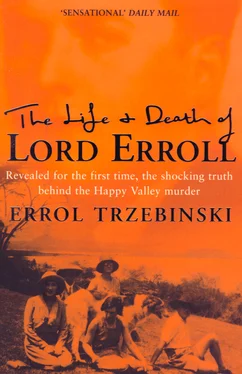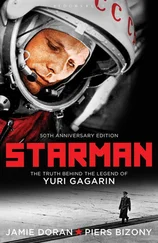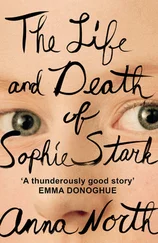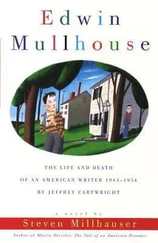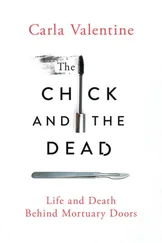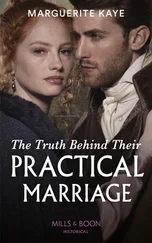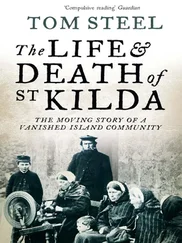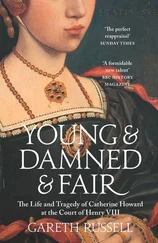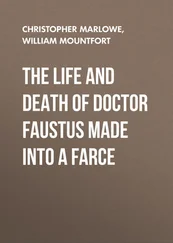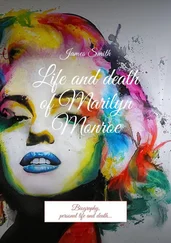‘Africa – the last continent with a soul of its own’
Carl Jung
Joss decided to call his first home in Africa after his ancestral castle. This new Slains was backed by a dramatic forested ridge and watered by it streams, reminiscent of a Scottish landscape; the setting seemed to pay implicit homage to Joss’s past. Dinan, his heir, would begin her life here in the Wanjohi Valley, whose occupants were not so far removed in temperament from his ancestors: here too settlers had laboured, suffered, loved and lost. Instead of the fog that curled up from the North Sea to engulf icy ramparts, in Africa soft morning mists rose and rolled towards a rambling farmhouse to dissolve under the hot mid-morning sun.
When their ship dropped anchor off Mombasa’s old town, Joss and Idina were rowed ashore with their steamer trunks and all their heavy luggage. Two flags fluttered over the old Fort Jesus, built by the Portuguese: the Union Jack and the scarlet bandera of the Sultan of Zanzibar.
Joss was an experienced traveller in Europe, but nothing would have prepared him for the scenes in Mombasa’s old town. Its narrow streets were peopled with many different races. Women veiled in black purdah strolled among near-naked non-Muslim women, moving nonchalantly along in the heat with their unevenly shaped loads – such as bunches of green bananas or even a bottle – balanced perfectly on their heads. Commerce was noisy, shouted in many tongues as locals haggled for business; government officials, turbaned Sikhs and Indian dukawallahs * seemed oblivious to the stench of fish and shark oil hanging on the air. In MacKinnon Square, another Union Jack hung limply from its flagpole above the District Commissioner’s office with its rusting corrugated-iron roof. Feathery coconut palms, blue sea and sky gave a feeling of infinite peace, yet Fort Jesus and the cannon standing resolutely beneath its low walls spoke of a history of bloodshed and strife.
The Hays spent one night at Mombasa Club, dining under the moon on its terrace, sleeping under nets as protection against mosquitoes; translucent geckos about the length of a finger darted about the walls, consuming the insects. One train per day left for Nairobi at noon, and the three-hundred-odd mile crawl on the single narrow-gauge track up country began, taking about twenty-four hours. 1 ‘Penniless, dashing, titled and an accomplished sportsman’, as he was described in a newspaper profile a decade after his arrival in the colony, Joss would now make Kenya his home. 2
Kenya would suit him because he was not afraid of the unexpected. Africa is nature’s Pandora’s box and the gambler in Joss would respond to its uncertainties. Idina loved everything about the colony too; she ‘could muster wholesome fury against those who she thought were trying to damage the land of her adoption’. 3 Her instinct that Joss would share her enthusiasm and strong feelings had been right. Life in the colony demanded hard work, rough living and life-threatening risks, but for an adventurer like Joss, who had all the right contacts and, thanks to Idina, plenty of money, Kenya offered the promise of the Imperial dream fulfilled. In addition, Joss had an open, inquiring mind and a willingness to seek advice from those more experienced than he was.
The Uganda Railway, by which the couple travelled to their new marital home, had been completed in 1901. The Maasai called it the ‘iron snake’ and those who opposed it the ‘lunatic line’. It ended at Port Florence (later called Kisumu) on Lake Victoria, and was a formidable achievement that took five years to complete, traversed wilderness and cost a staggering £5,500,000 without a jot of evidence to justify the expense. The Foreign Office, adept at muddling through, had then enticed out white settlers with cheap land flanking the railway-line.
Joss and Idina journeyed on the train from Mombasa in square compartments, nicknamed ‘loose-boxes’ – there were no corridors – and the train jolted ceaselessly while on the move, stopping, only for meals, at a series of Indian dak-bungalows. These breaks were refreshing on a long journey, which could be drawn out further if elephant or rhino blocked the line. Choking red dust coated every passenger. Any attempt while the train was at a standstill to remove the wire screens at the windows to get more air was met by a scolding from the invariably Goan stationmaster: ‘Bwana! Mosquito bad, Bwana. Malaria bad.’ The first stop at Samburu for tea was accompanied by toast and rhubarb jam. Menus were always the same.
Dinner was taken at Voi, where large hanging lamps like those suspended over billiard tables were bombarded by insects, dudus , which bounced off to lodge themselves in the butter or the lentil soup. The fish was smothered in tomato sauce to disguise its lack of freshness, and followed by beef or mutton, always curried, for the same reason. Lukewarm fruit salad or blancmange rounded off the meal, with coffee. 4 Stewards made up bunks for the night with starched sheets, pillows and blankets, and in the dark, as the train rattled onward and upward, occasionally a cry would intrude in the night: ‘All out for Tsavo!’ Joss could mimic the sing-song Goan accent perfectly. 5 At dawn everyone clambered on to the line to stretch their legs. Hot shaving water would materialise in jugs, produced from the steam by the engine driver and delivered with the morning tea by waiters in white uniform and red fezzes. Breakfast was taken further up the line at Makindu. 6
As the journey progressed, Joss shared the excitement felt by every pioneer: at the spectacle of Kilimanjaro under its mantle of snow at sunset; at the endless scrub and the trickles of water optimistically called rivers; then disbelief, on the final approach to Nairobi, at the sheer dimensions of the Athi Plains, where mile upon mile of grassland teemed with gazelle, rhino and ostrich, and herds of giraffe, zebra and wildebeest roamed wild against the deep-blue frieze of the Ngong Hills. Seeing creatures in their natural habitat instead of behind bars was like rediscovering the Garden of Eden. And finally, beyond Nairobi, awed silence at the spectacle of the Great Rift Valley.
When Joss first laid eyes on Nairobi in 1924 it had become something akin to a Wild West frontier town patched together with corrugated iron. Windswept and treeless a quarter-century earlier, it had been unsafe after dark ‘on account of the game pits dug by natives’. Her Majesty’s Commissioner for British East Africa, Sir Charles Eliot, had embarked on a policy of attracting white settlers. When the European population amounted to 550 it was decided to build a town hall. All around was evidence of plague, malaria and typhoid as the shanty-town grew. These same diseases were still a life-threatening problem in Nairobi’s bazaar in Joss’s and Idina’s day.
By 1924, Nairobi had become a melting-pot, with settlers from all over the world bringing their different ways to the colony – their languages, their recipes, their religions, morals and social customs. Joss was no stranger to foreign languages, and before long Swahili would encroach too on his conversation: shaurie for ‘problem’; chai for ‘tea’; dudu for any form of insect life from a safari ant to a black widow spider; and barua for ‘note’ – important when there were no telephones by which to communicate. Sometimes English words with no Swahili equivalents were adopted into the language by the addition of an ‘i’ – bisikili, petroli. Indian words seasoned the mélange: syce for ‘groom’, gharrie for ‘motor-car’, dhersie for ‘tailor’. Settlers developed a local pidgin Swahili of their own, known by natives as Kisettla. When the settlers began conversing in Kisettla, notice was being given that all convention was henceforth left ‘at home’.
Читать дальше
